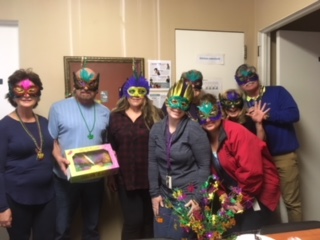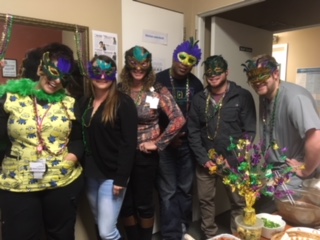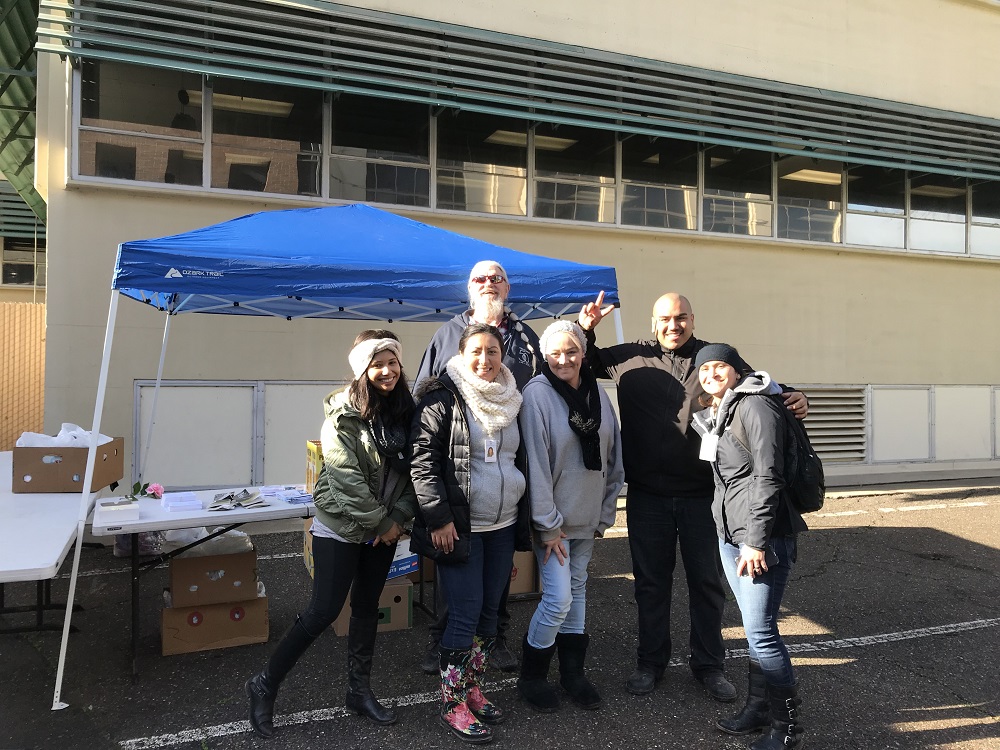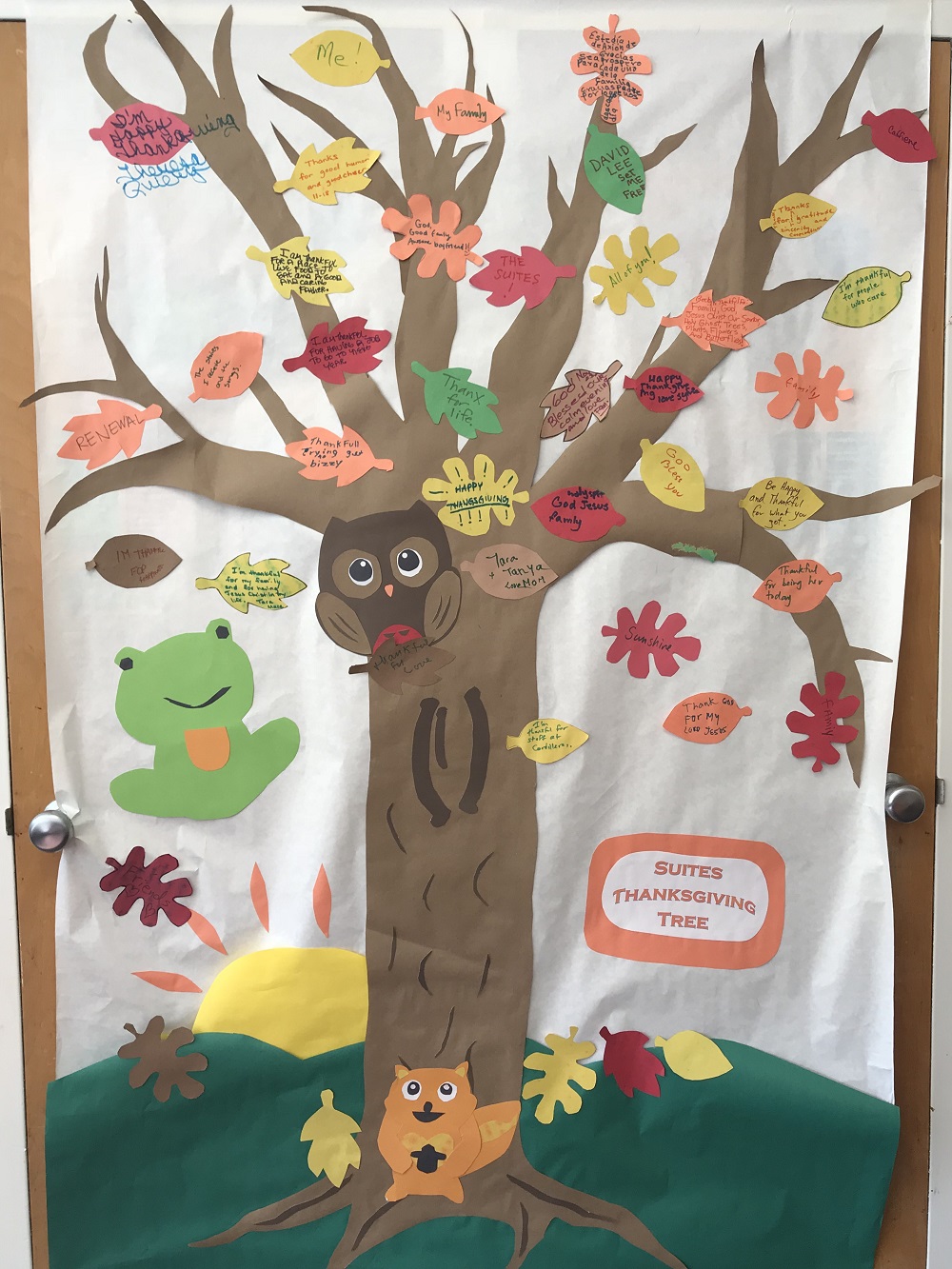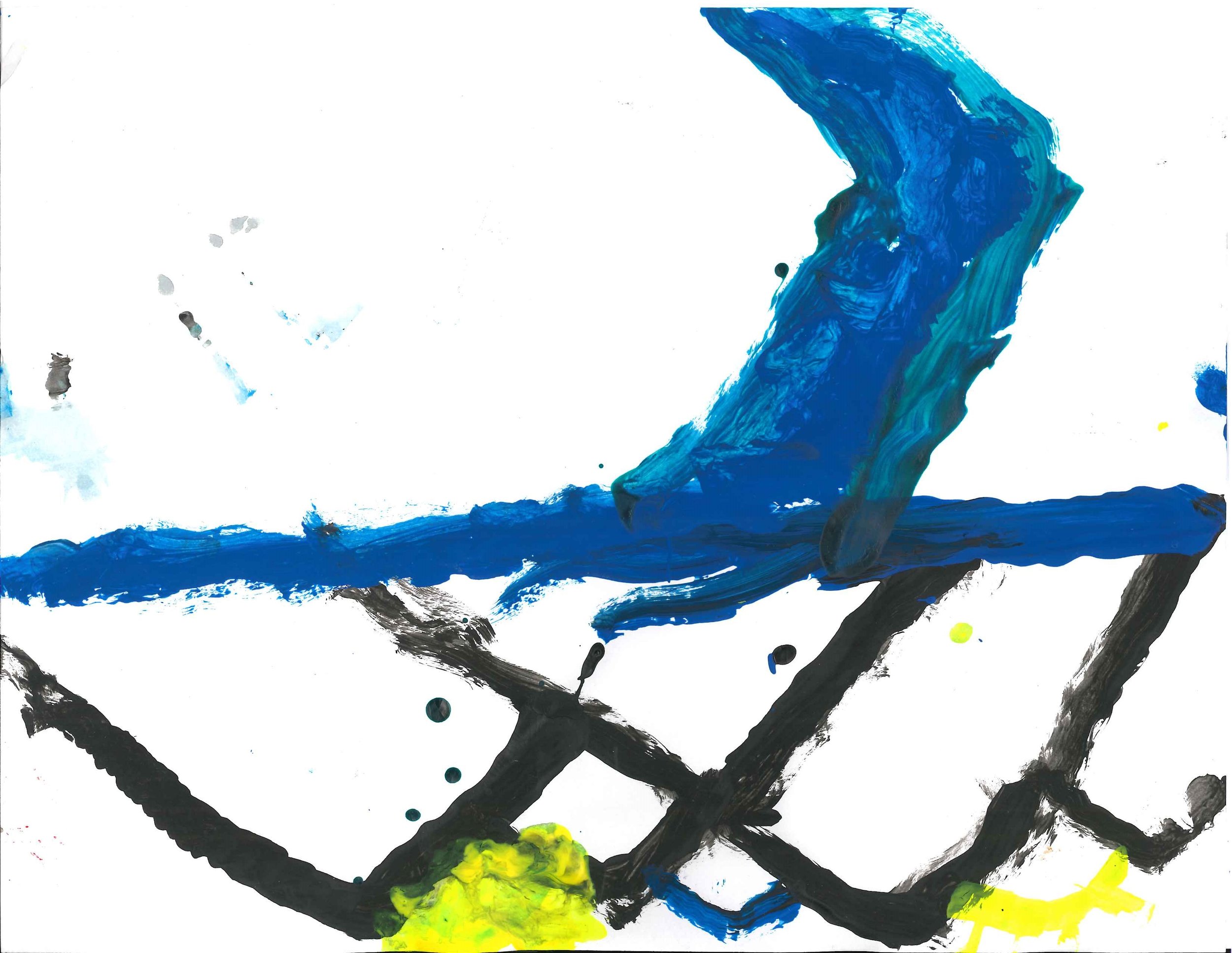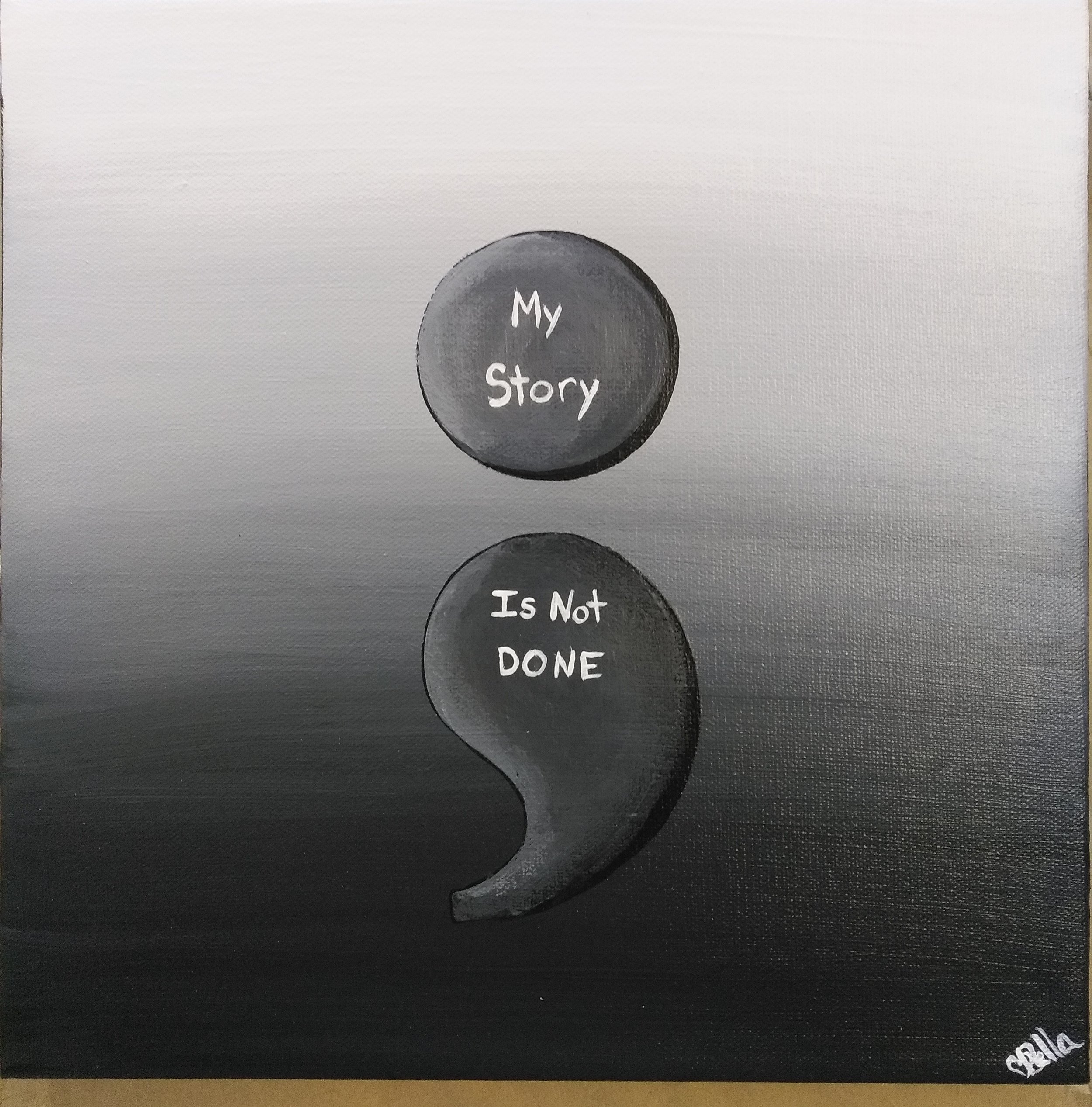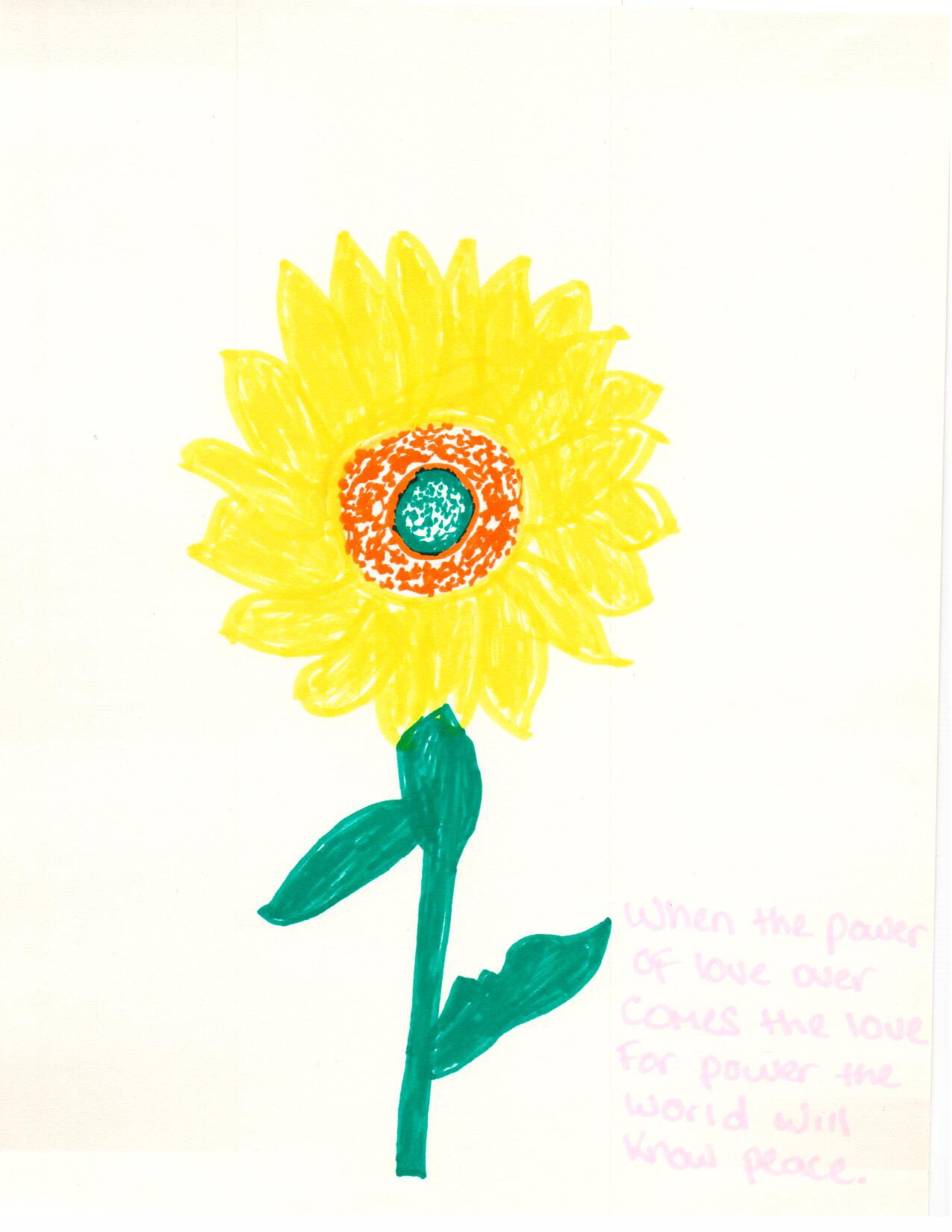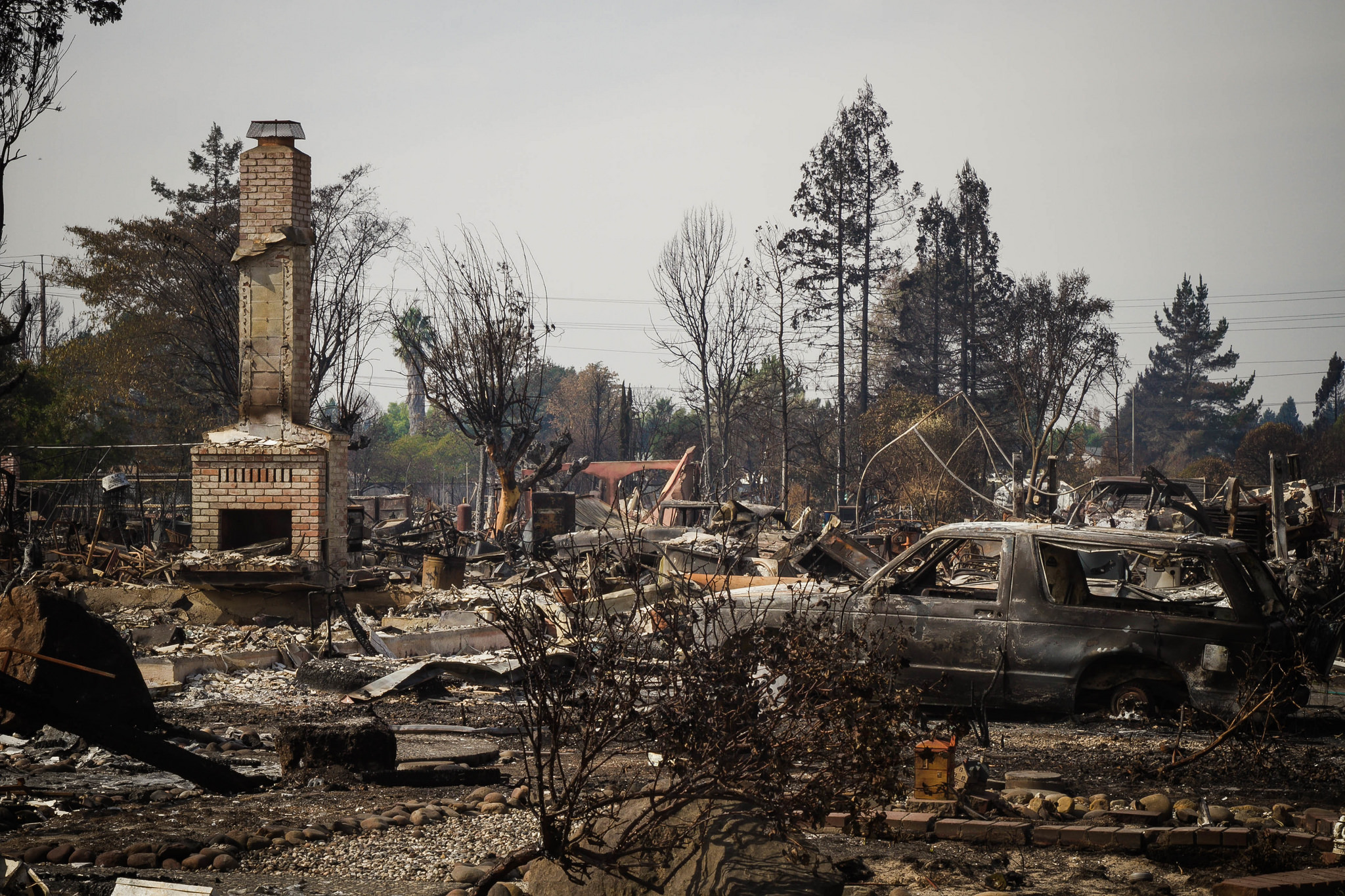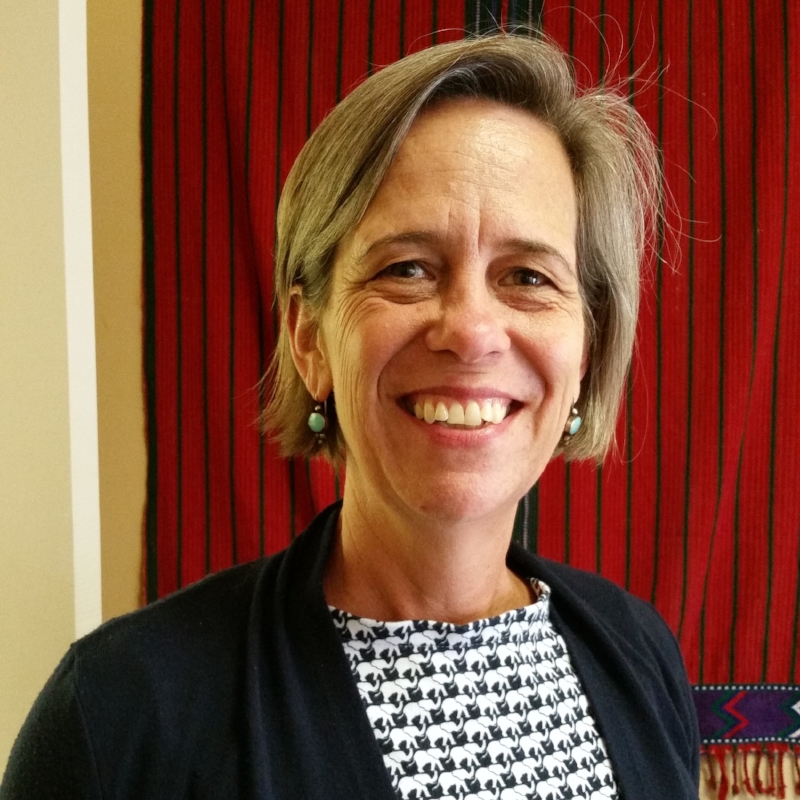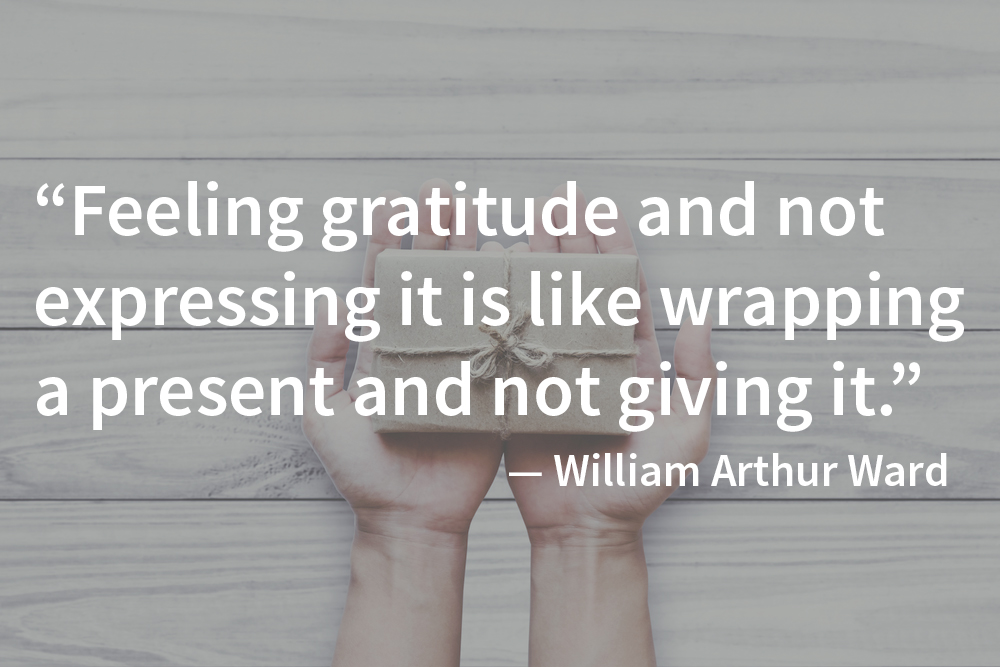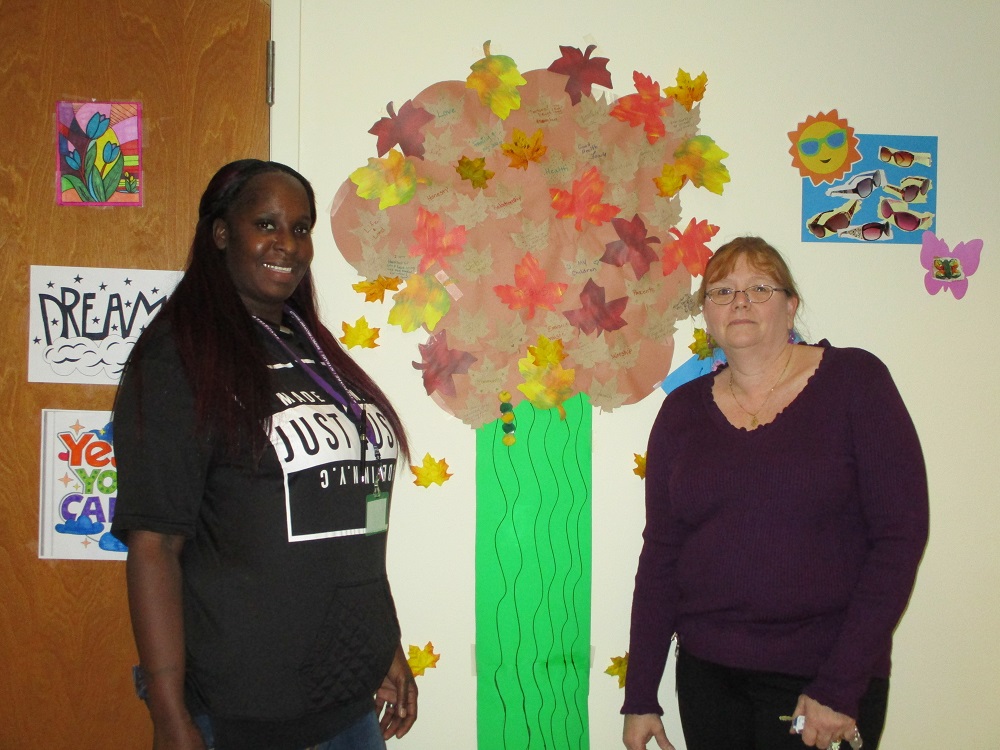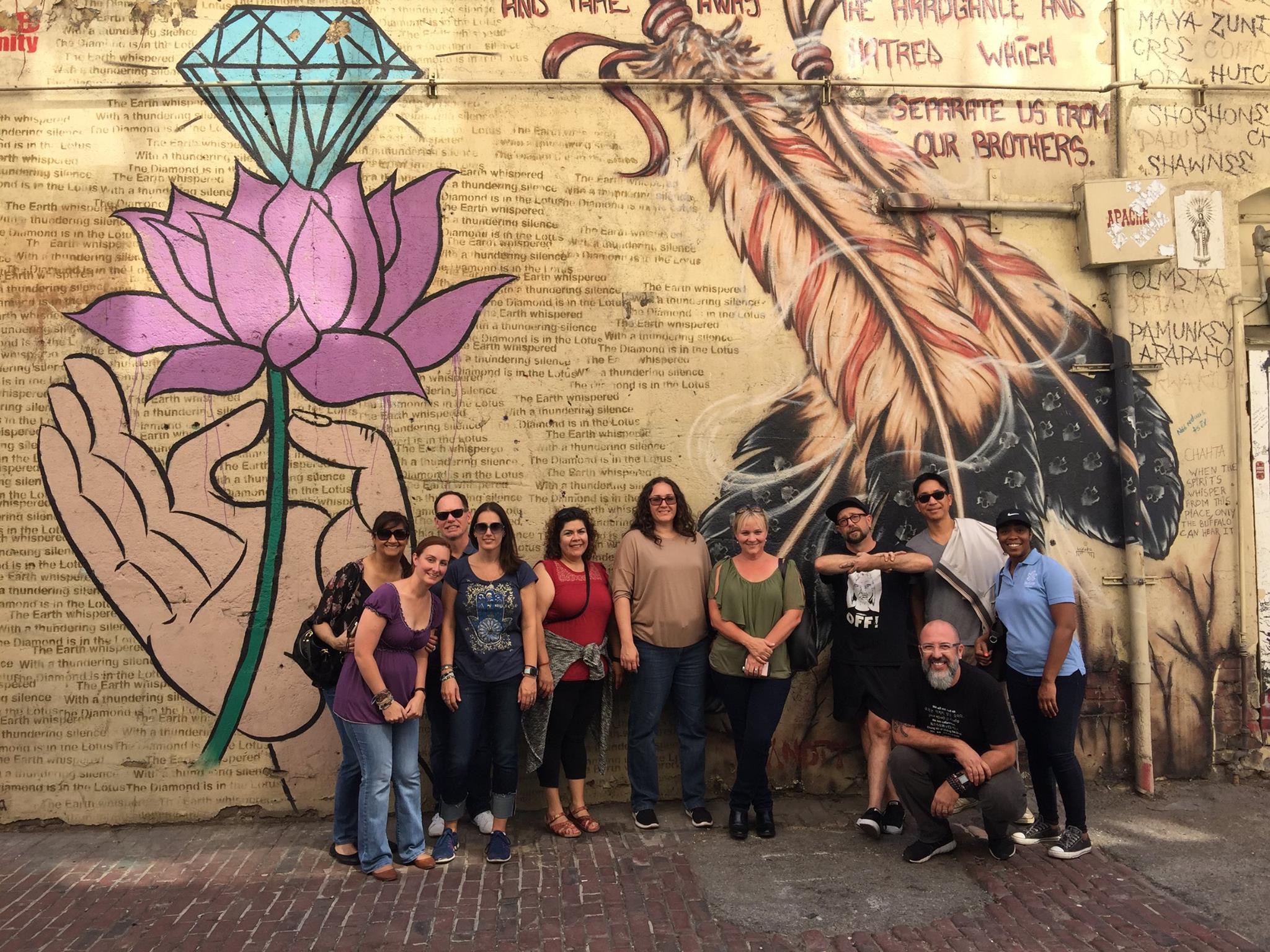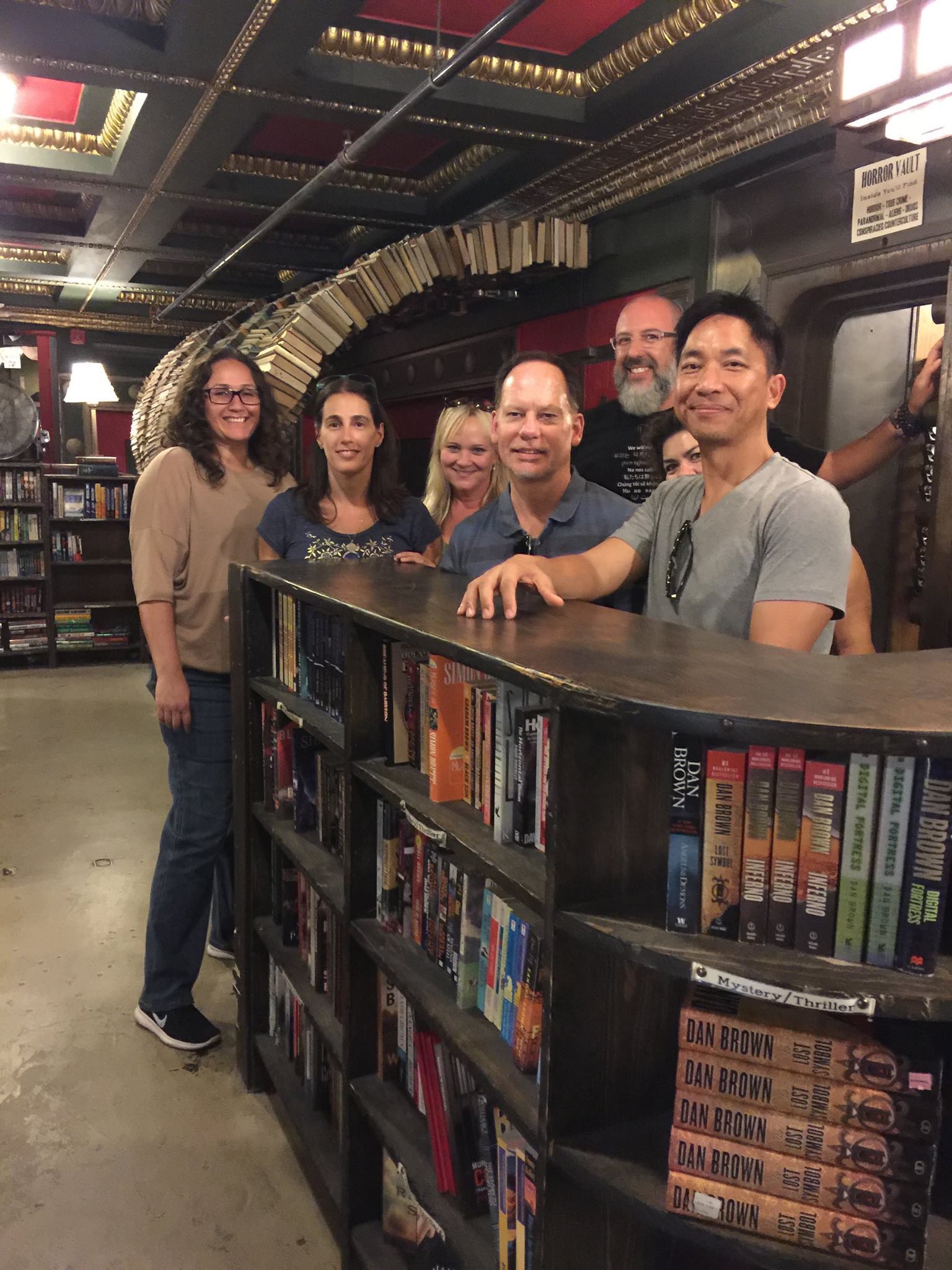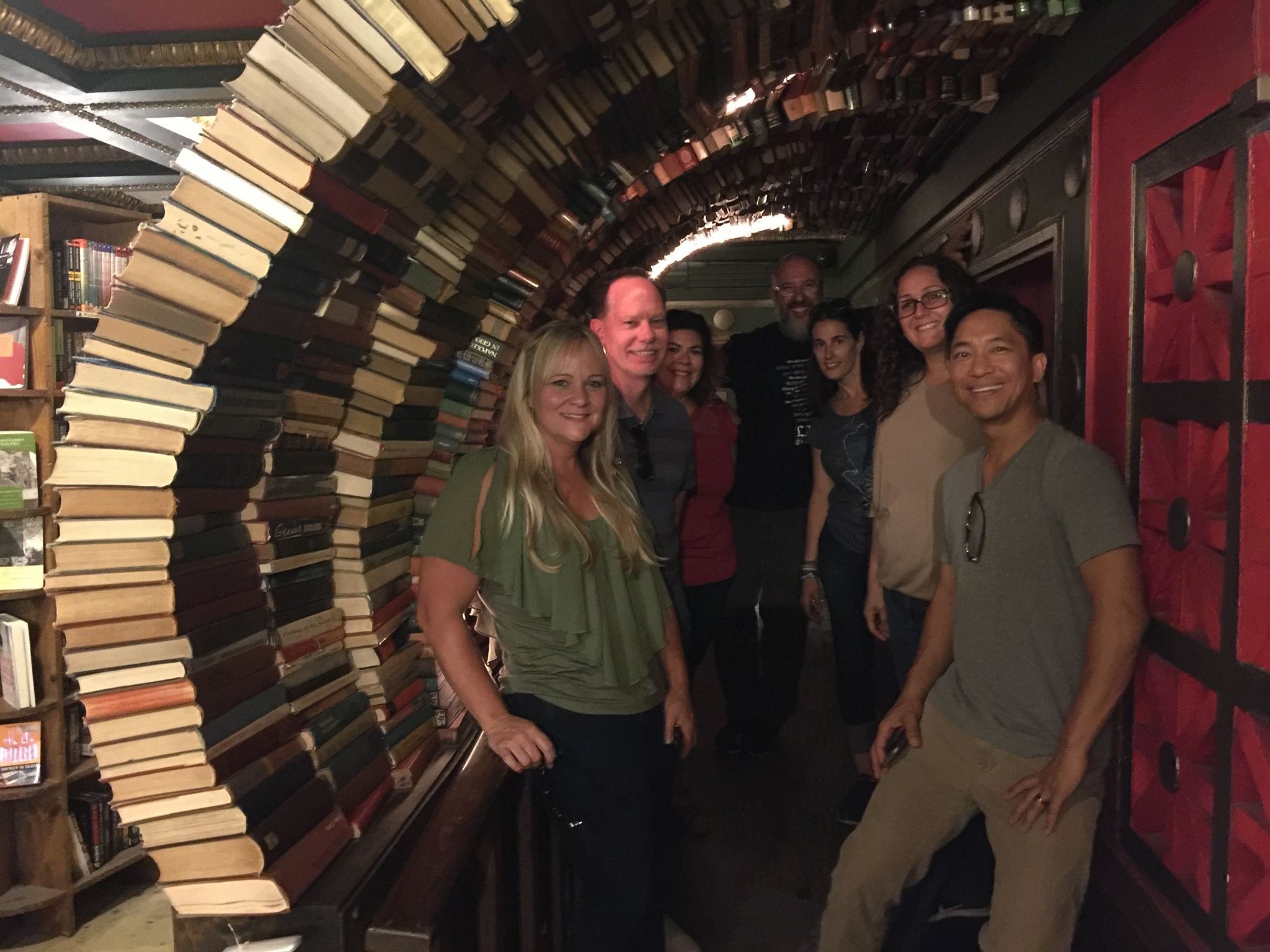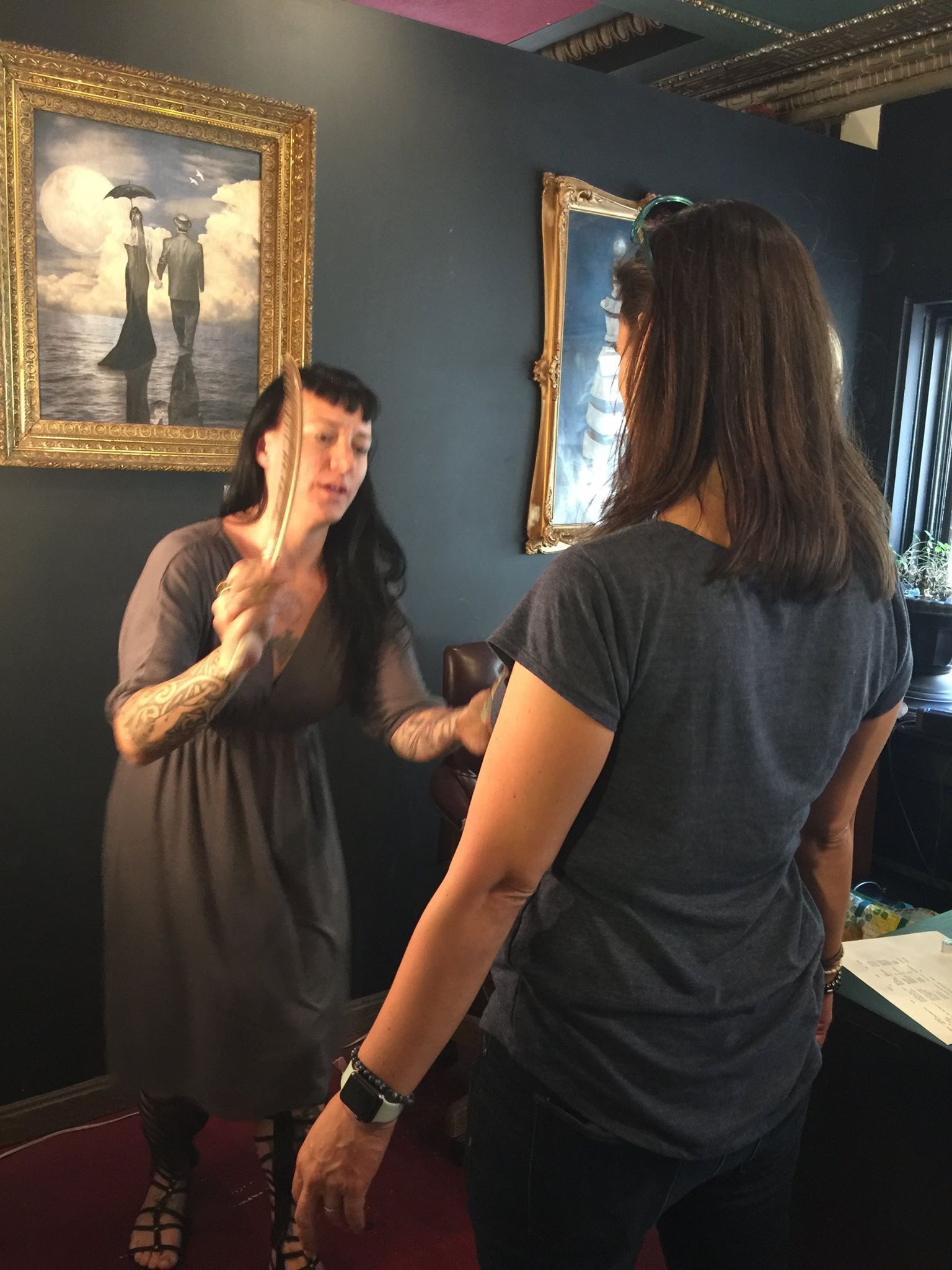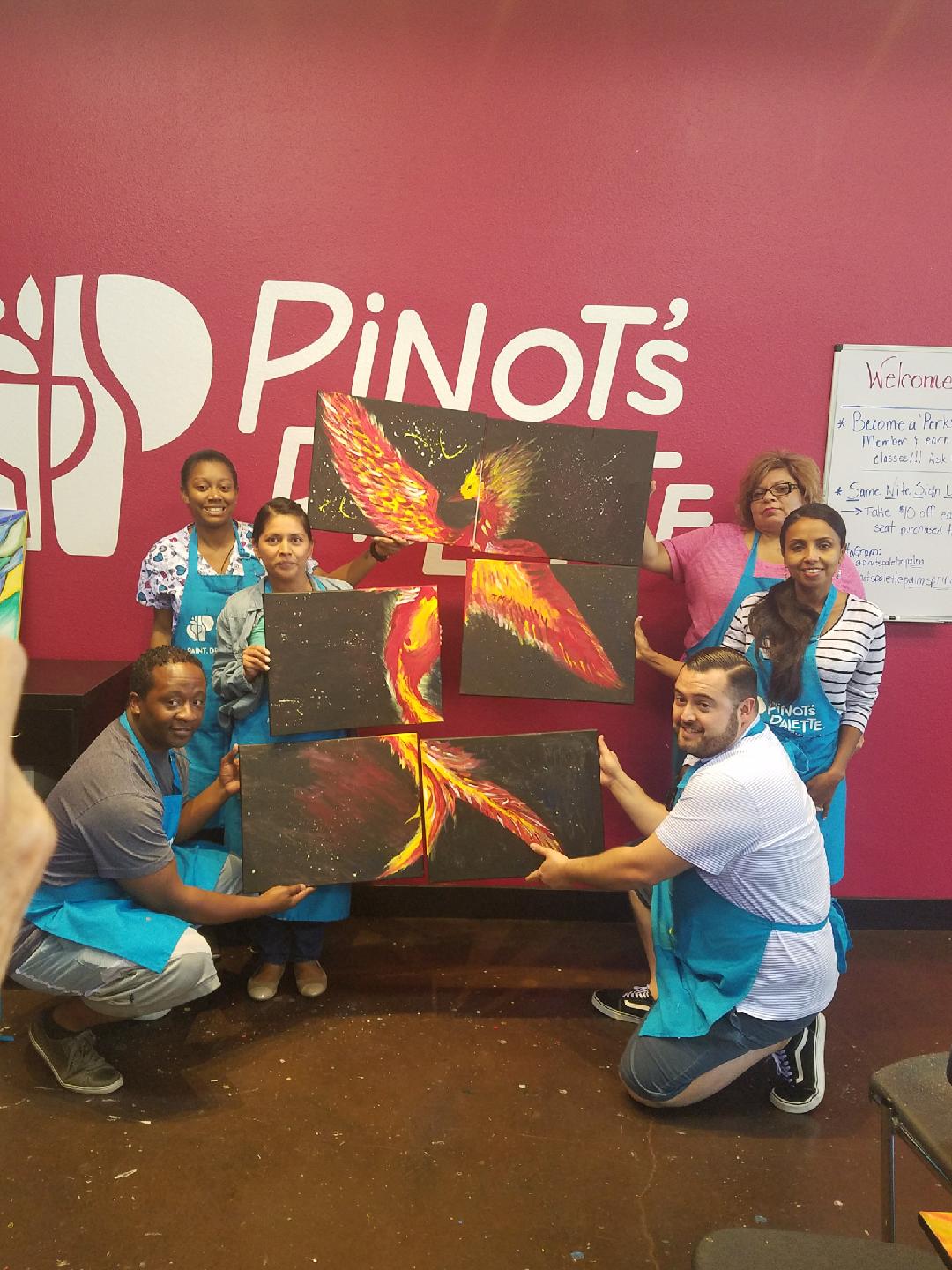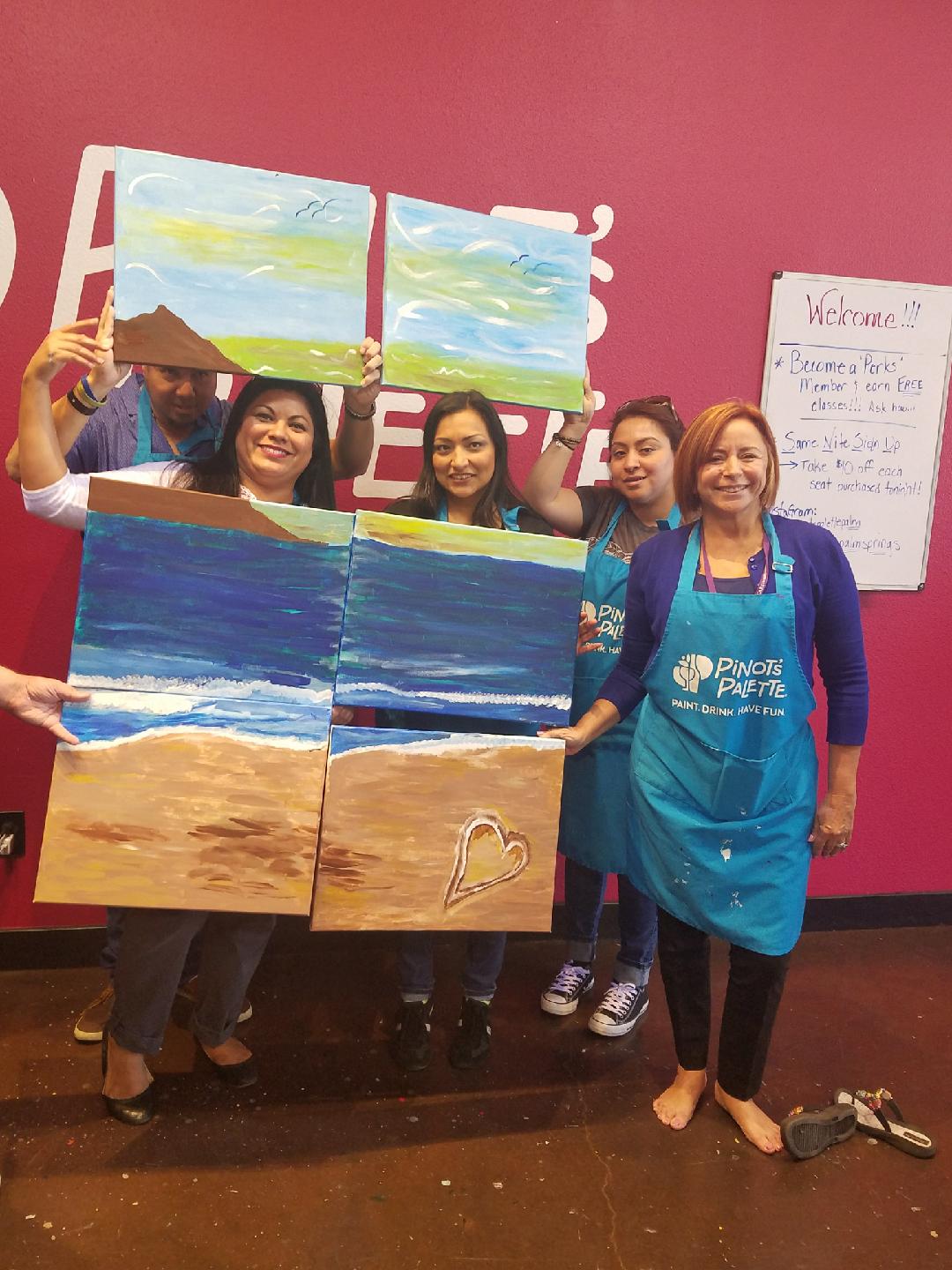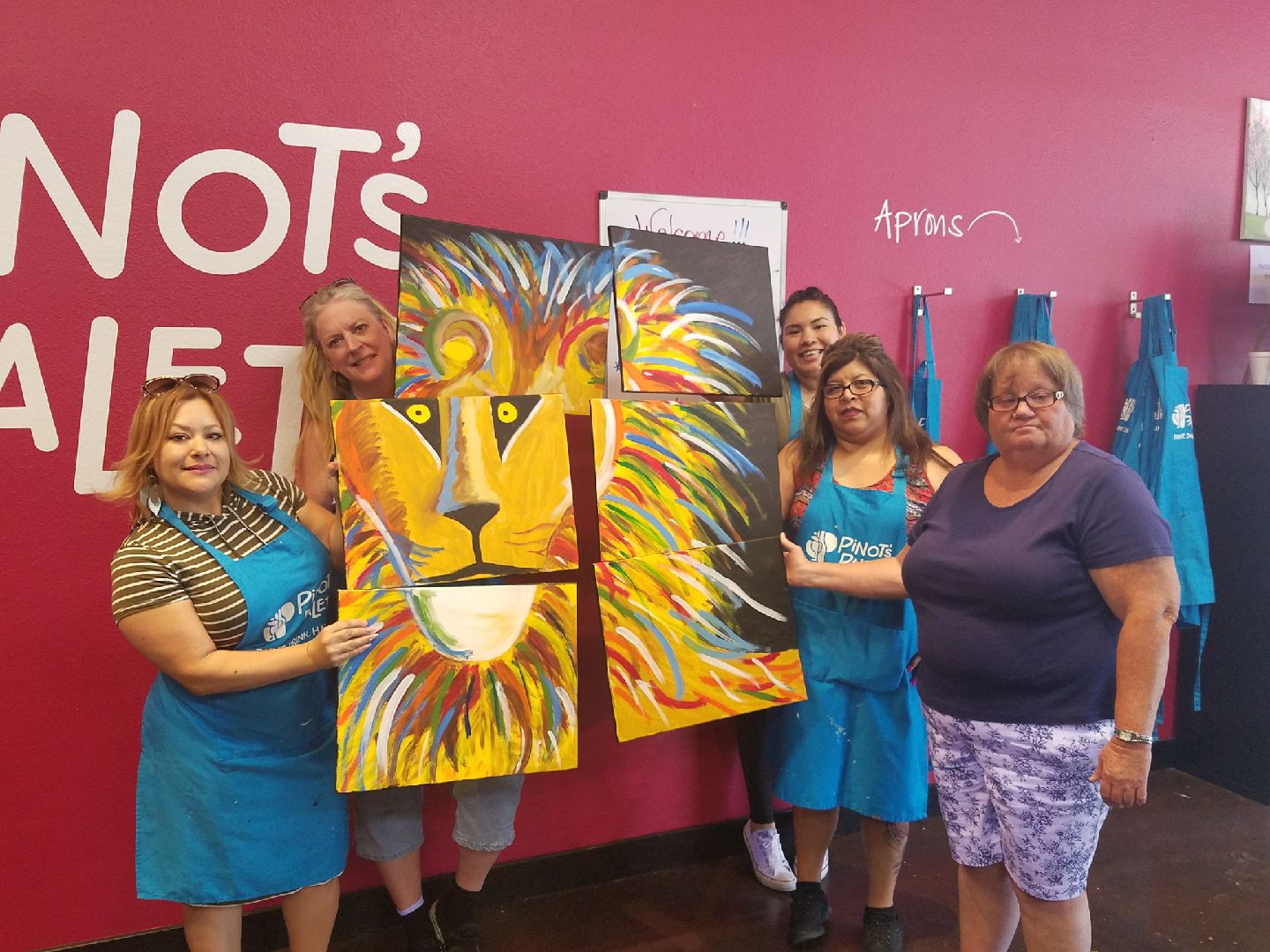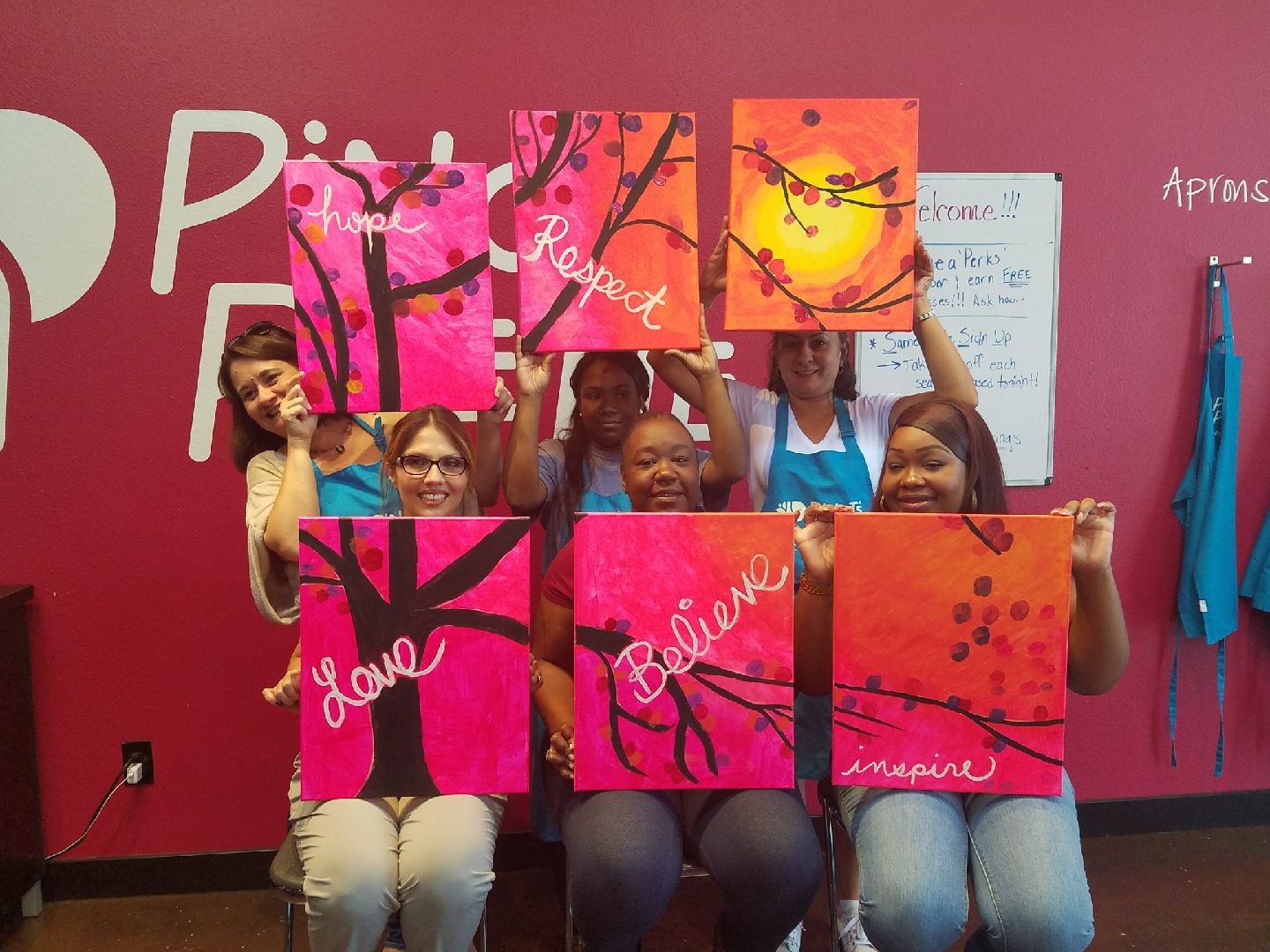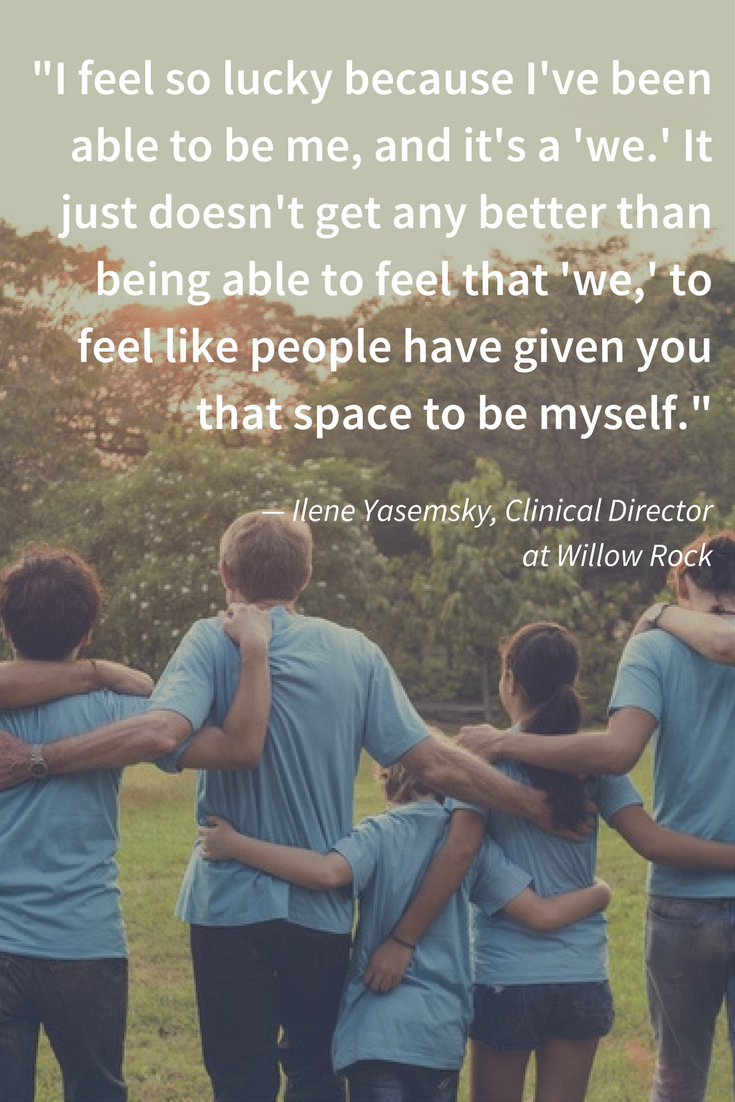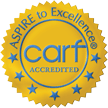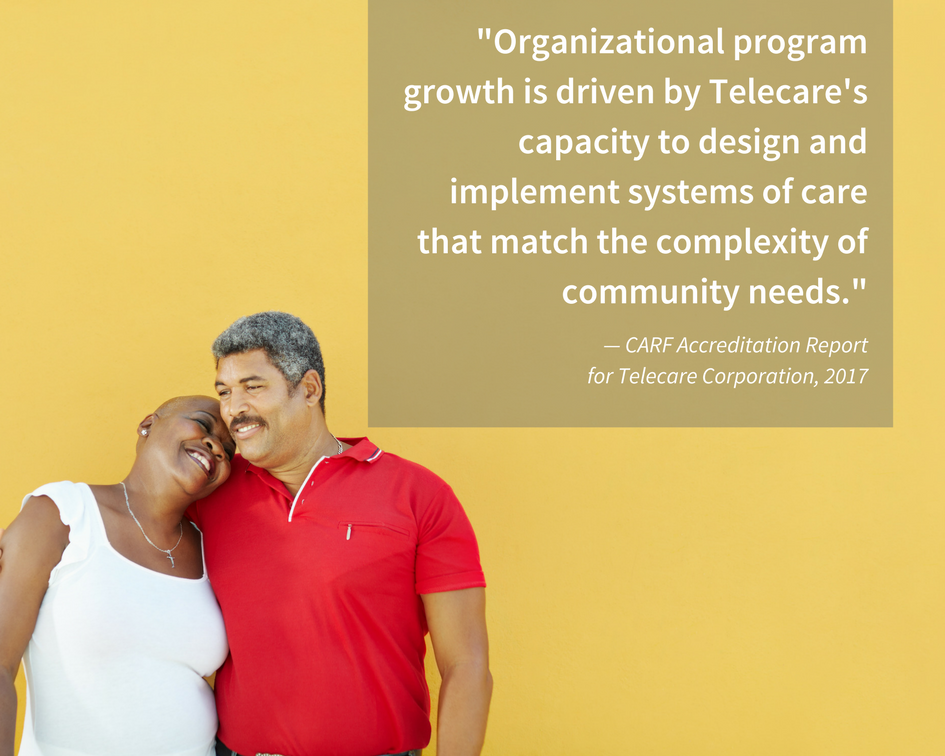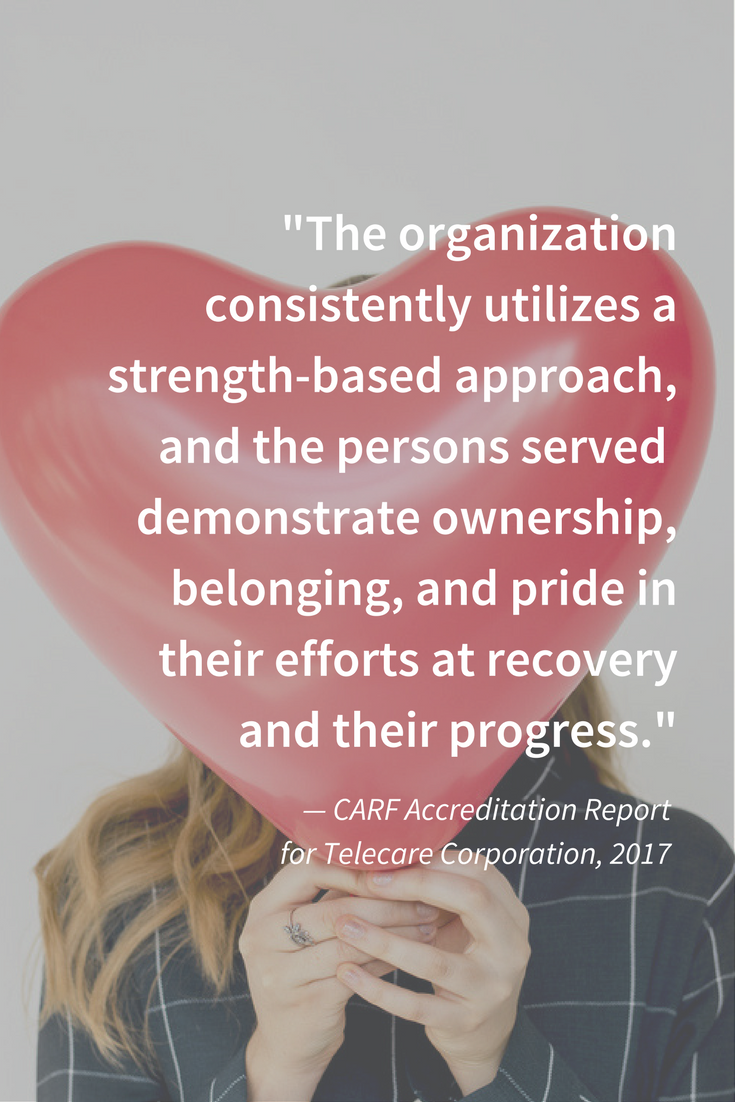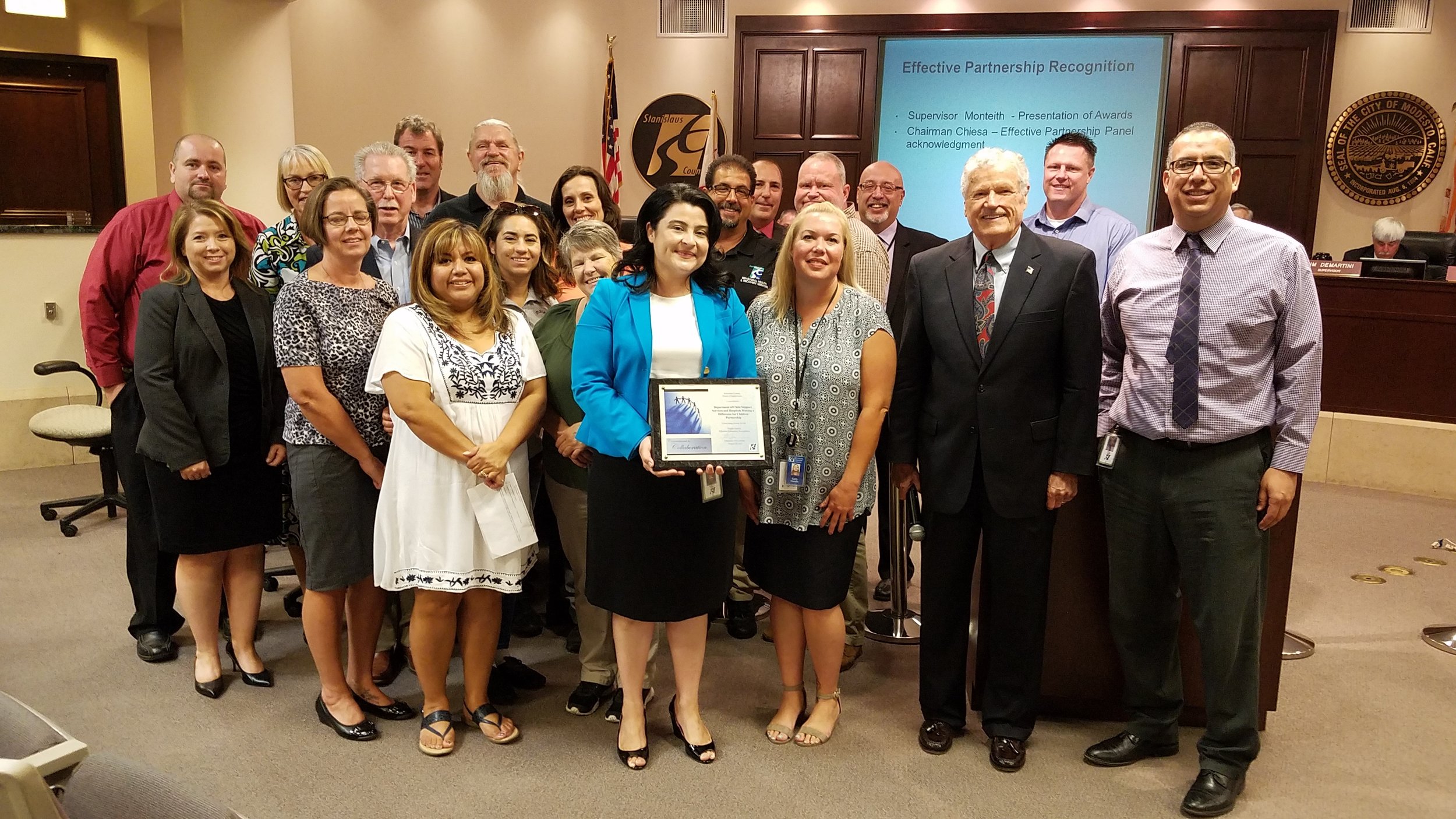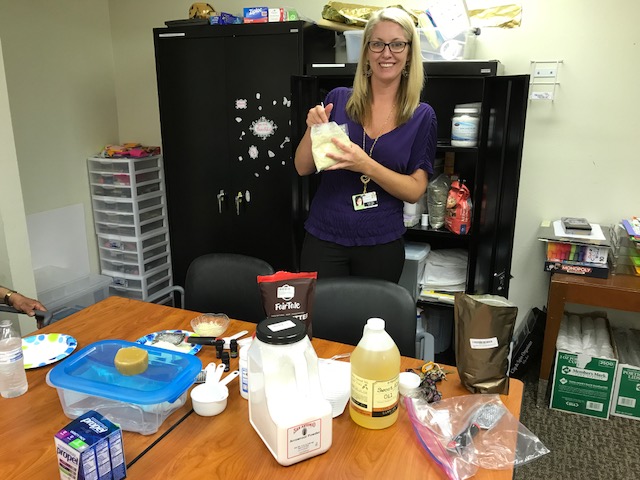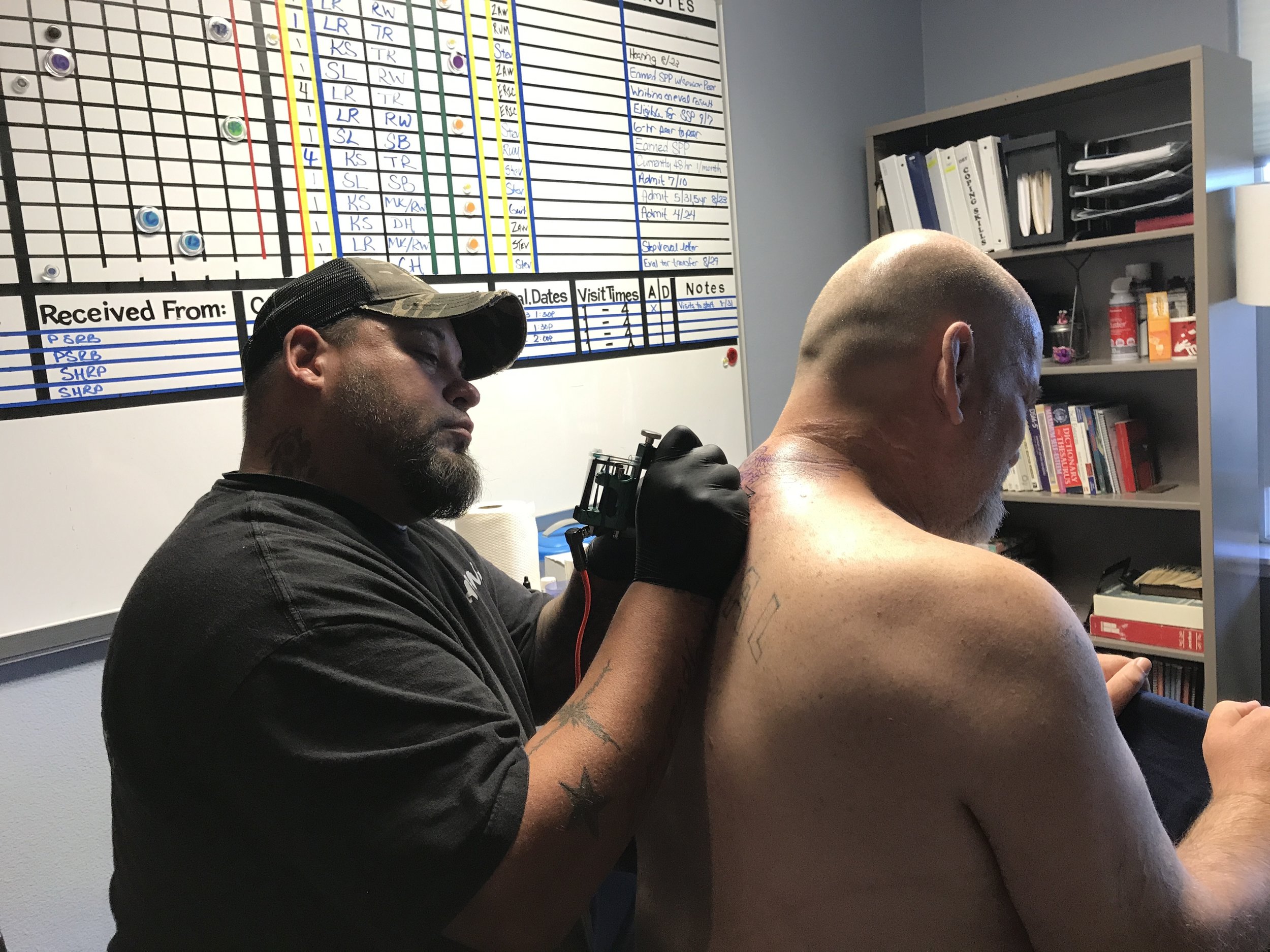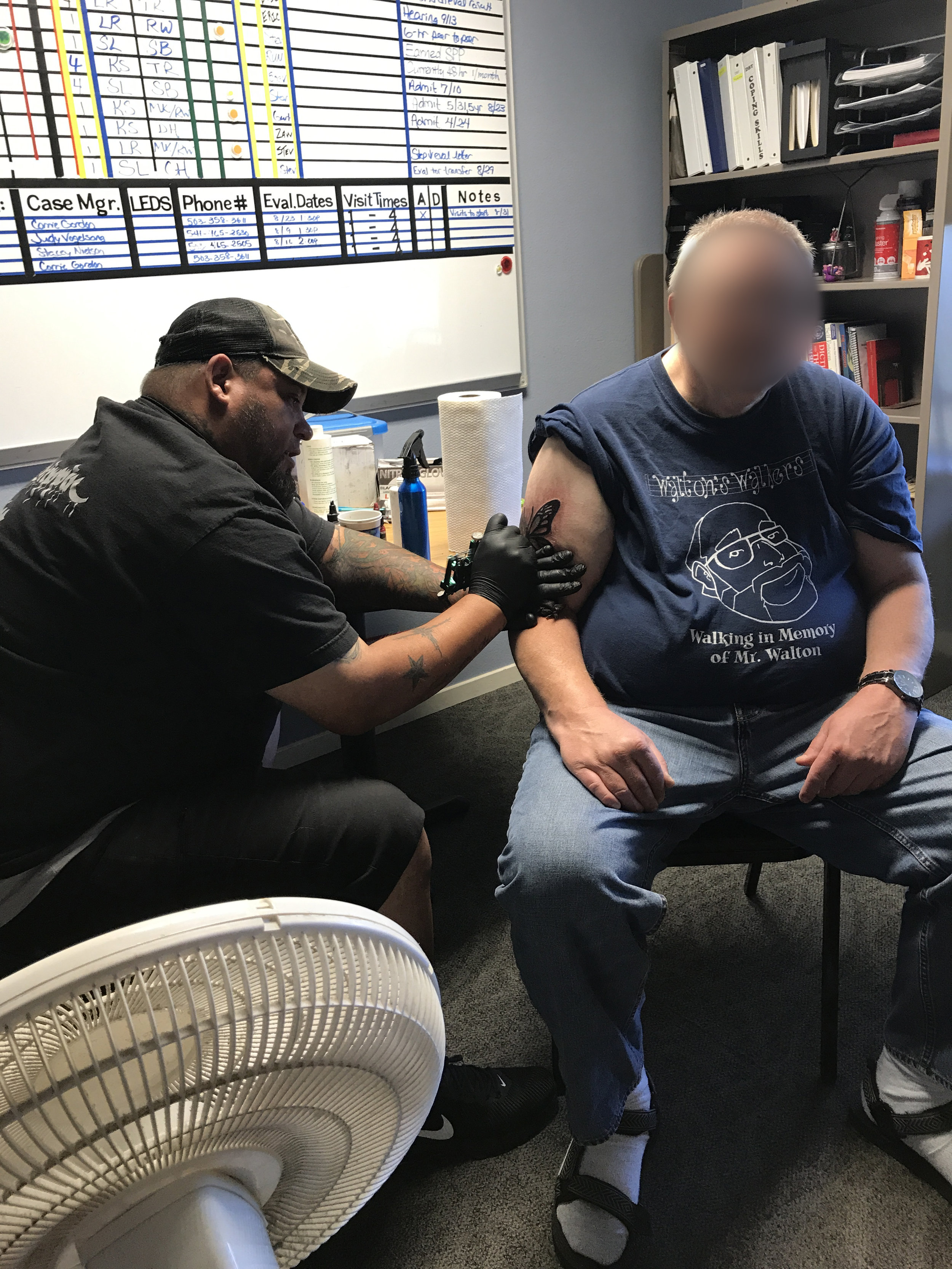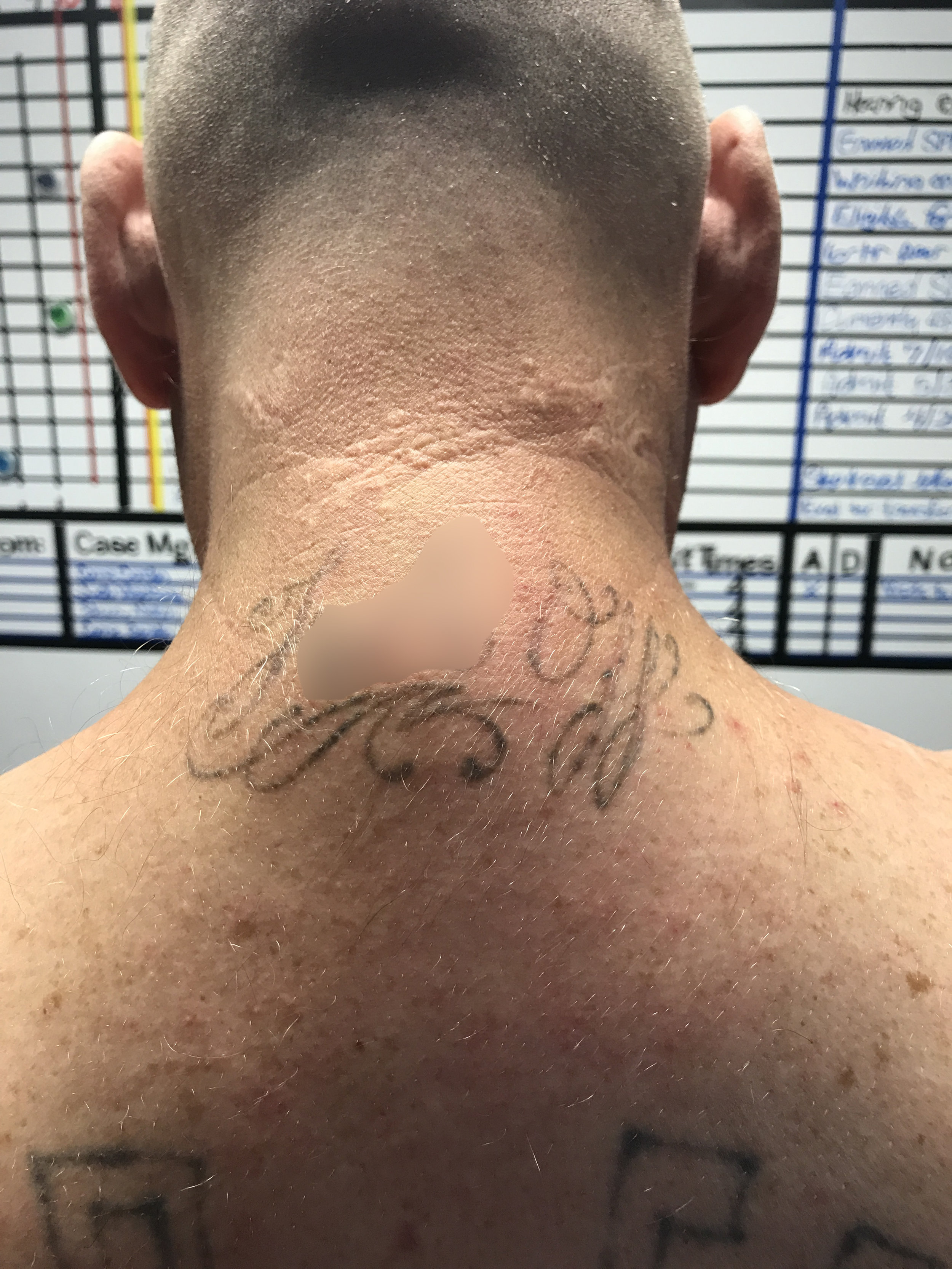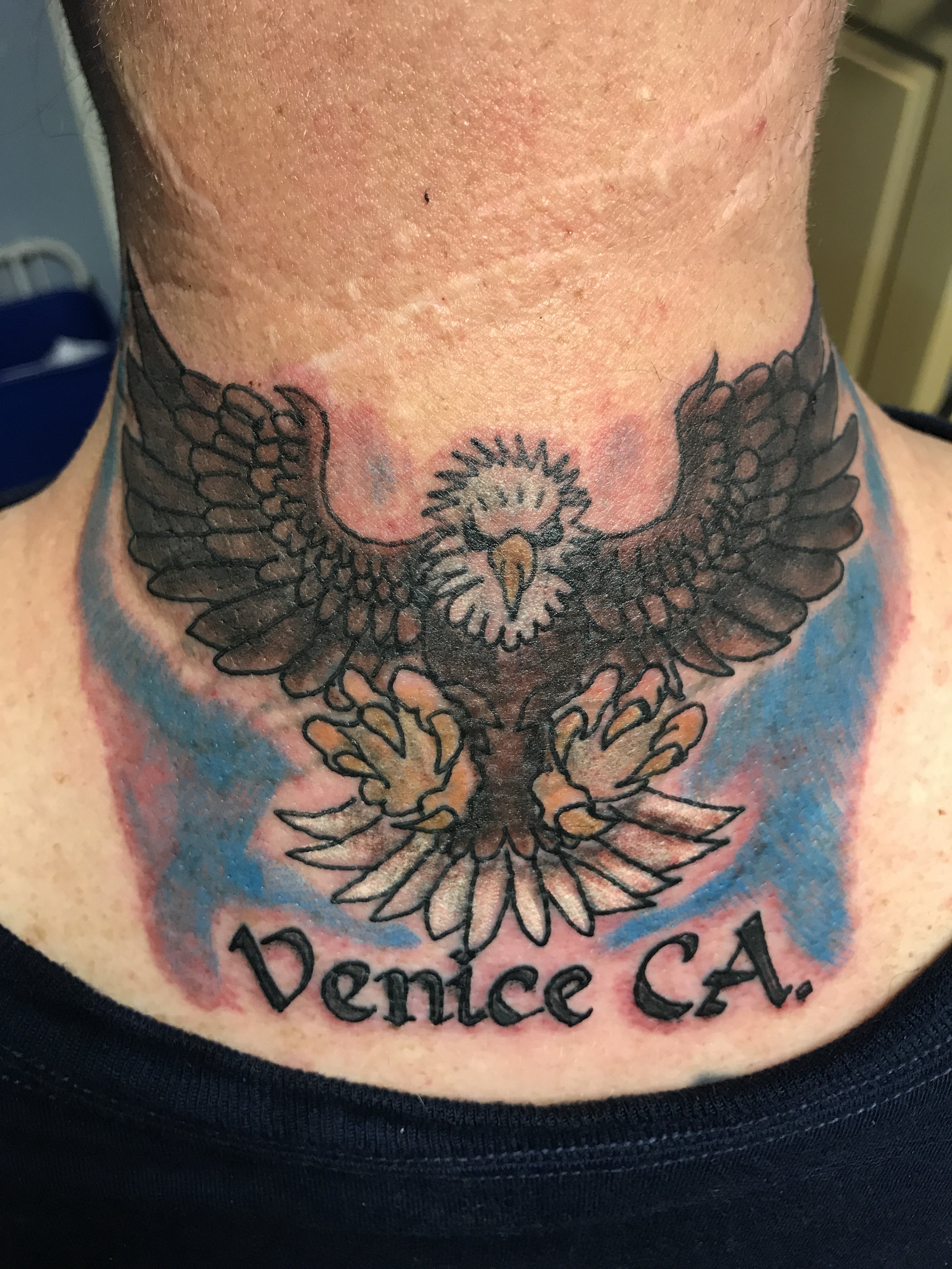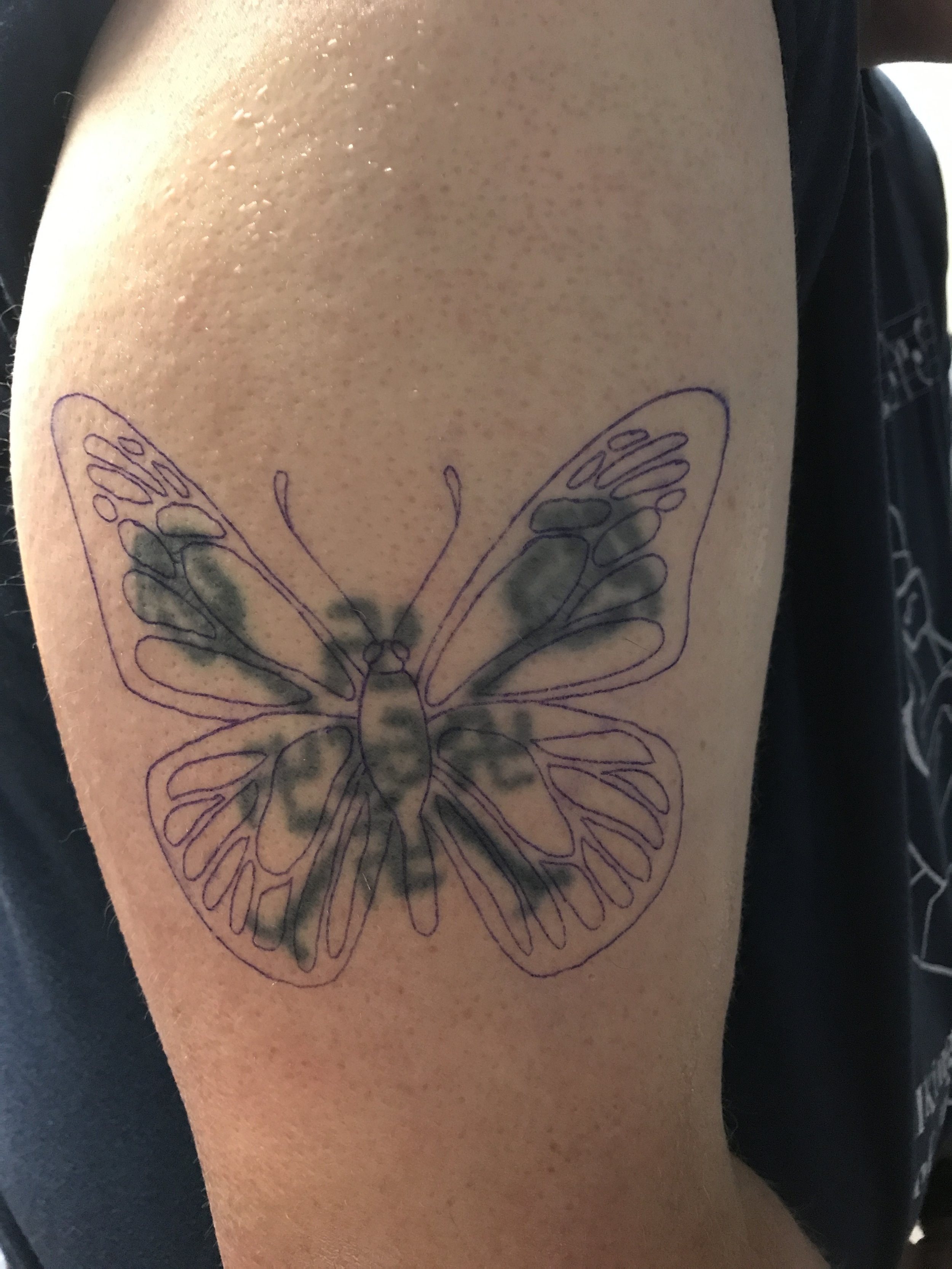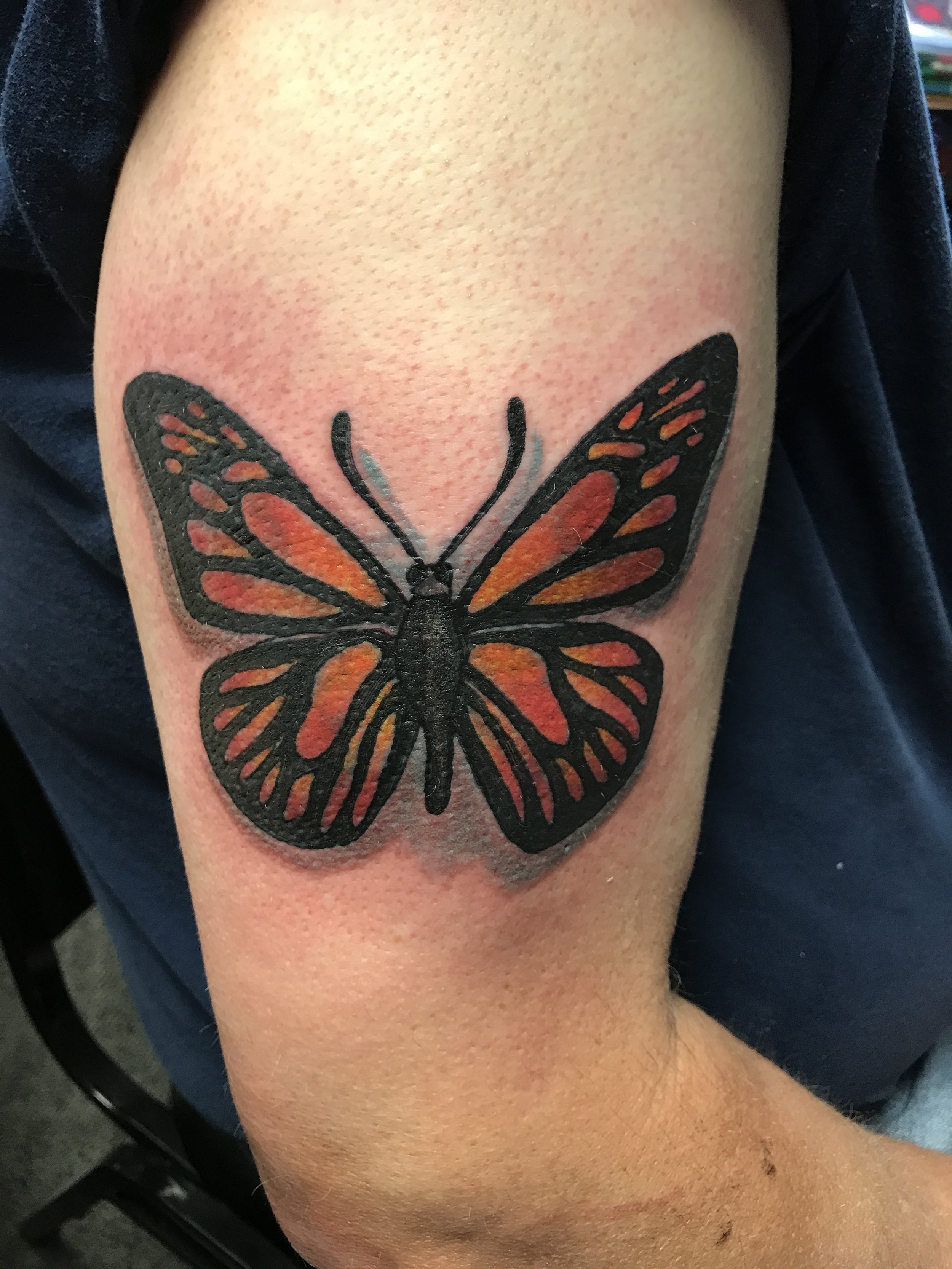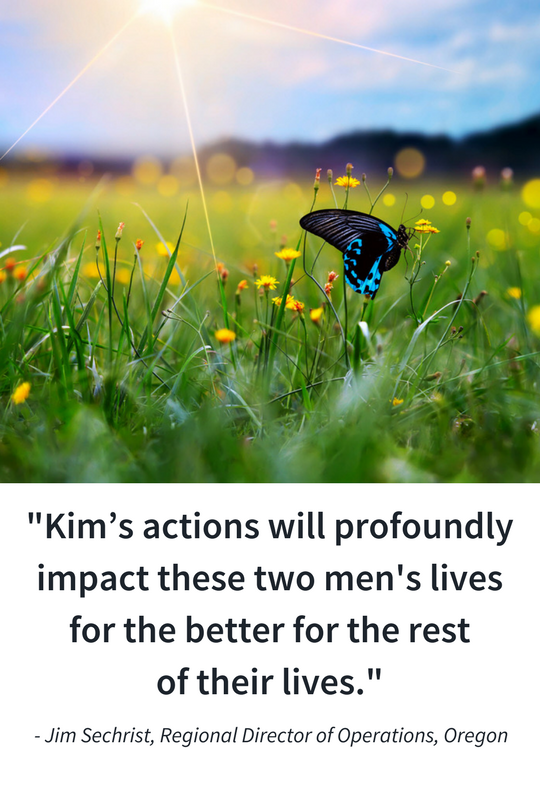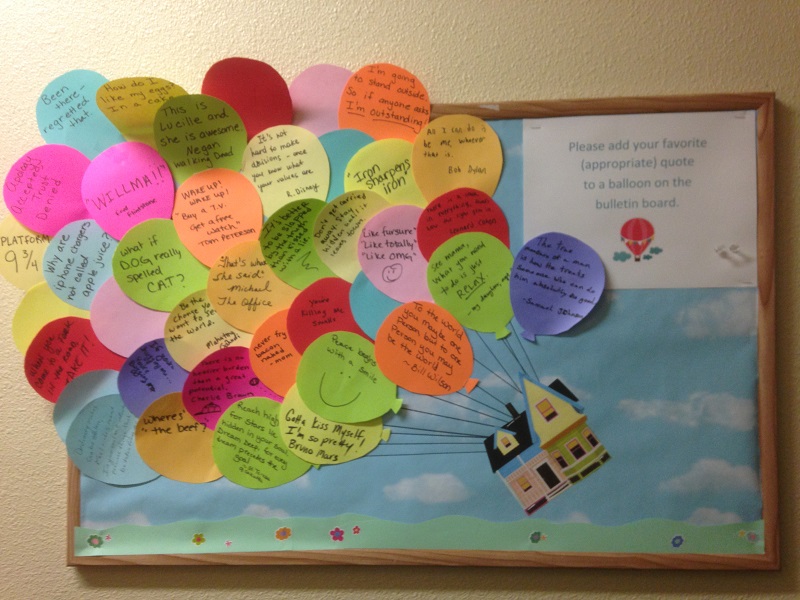As you may have heard, the latest effort to repeal the ACA is currently very close to being voted on. Telecare opposes this bill, as it would eliminate expanded Medicaid funding for so many of the people we serve, sabotaging state initiatives to address the overdose crisis and fight substance use disorders. Cutting or capping Medicaid and ending the Medicaid expansion will be devastating to those who can’t afford health care in the private market. It would allow states to eliminate requirements that private insurance cover substance use disorders and mental illness. It would also allow them to eliminate protections for people with pre-existing illnesses. This bill would disproportionally affect the people we serve in so many ways.
Telecare is sending letters to Senators in the states we serve. If you feel moved to do so, please contact your senator right away. Please call your Senator urging them to vote NO on the bill. You can call 888-852-0653, which allows you to contact your member of Congress.
The National Association of County Behavioral Health & Developmental Disability Directors also offers these facts for crafting your own message.
FACTS YOU NEED TO KNOW ABOUT THE LATEST GOP HEALTH CARE REPEAL (GRAHAM-CASSIDY)
1. MASSIVE STATE BY STATE FUNDING CUTS. The Center on Budget and Policy Priorities released a report showing in 2027, every state in the nation would see federal funding cuts under Graham-Cassidy, totaling nearly $300 billion.
2. NO FULL CBO SCORE. The Congressional Budget Office announced it would not be able to produce a complete analysis on Graham-Cassidy that includes the impact on deficits, how many will lose coverage or the increase in premiums by September 30. Senator Bill Cassidy admitted “I just don’t care about the coverage numbers.”
3. PRE-EXISTING CONDITION PREMIUM HIKES. The Center for American Progress released a report showing how much more people with pre-existing conditions would pay each year under Graham-Cassidy. For example, an individual with asthma would face a premium surcharge of $4,340. The surcharge for pregnancy would be $17,320 and $142,650 more for patients with metastatic cancer.
4. WORSE THAN BEFORE. Fitch Rating Agency found that this bill was “more disruptive for most states than prior Republican efforts.” The Washington Post found this bill is worse than previous health care repeal bills, writing “"The latest Obamacare overhaul bill gaining steam on Capitol Hill slashes health-care spending more deeply and would likely cover fewer people than a July bill that failed precisely because of such concerns."
5. MORE UNINSURED VETS. Rand Corp study showing Republican repeal efforts would increase the number of uninsured veterans. The report showed that the ACA’s Medicaid expansion had increased coverage for low-income veterans who lived further from VA facilities. The report found that the ACA was responsible for reducing the uninsured rate of veterans by about one-third, from 9.1% to 5.8%, in 2015.
6. MORE UNINSURED CHILDREN. The Center for American Progress released an analysis showing that children are at immediate risk of losing coverage in Arizona, California, Connecticut, Hawaii, Idaho, Mississippi, Nevada, Oregon, Pennsylvania and Utah with CHIP funding running out quickly.
7. KEY STAKEHOLDERS OPPOSE. The AARP, AMA, six leading physician groups, American Cancer Society Cancer Action Network and 15 more high-profile patient groups and Children’s Hospital Association are all unified in opposing the Republican repeal bill.
8. GOP GOVERNORS OPPOSE. Republican Governors from Alaska, Ohio, Massachusetts and New Hampshire have come out against the plan.
9. FAILS THE MCCAIN TEST. The NYT's David Leonhardt's column, "John McCain Faces a New Test of His Principles."
10. RAND PAUL IS A 'NO.' GOP Senator Rand Paul opposes Graham-Cassidy, writing in an op-ed, “In all ways, this bill is also ObamaCare Lite. In no way is it repeal the way we promised. I will oppose this bill as I did the other fake repeal bills, and I urge those who want repeal to do so, as well.“
11. INCLUDES THE AGE TAX. This repeal bill still lets insurance companies charge up to 5 times more for people over 50, what AARP has dubbed an “Age Tax”.
12. NO GUARANTEE IN THE HOUSE. Because this repeal bill is worse than previous ones, the Washington Post reports "Would the House pass Graham-Cassidy? It's not a slam dunk."

